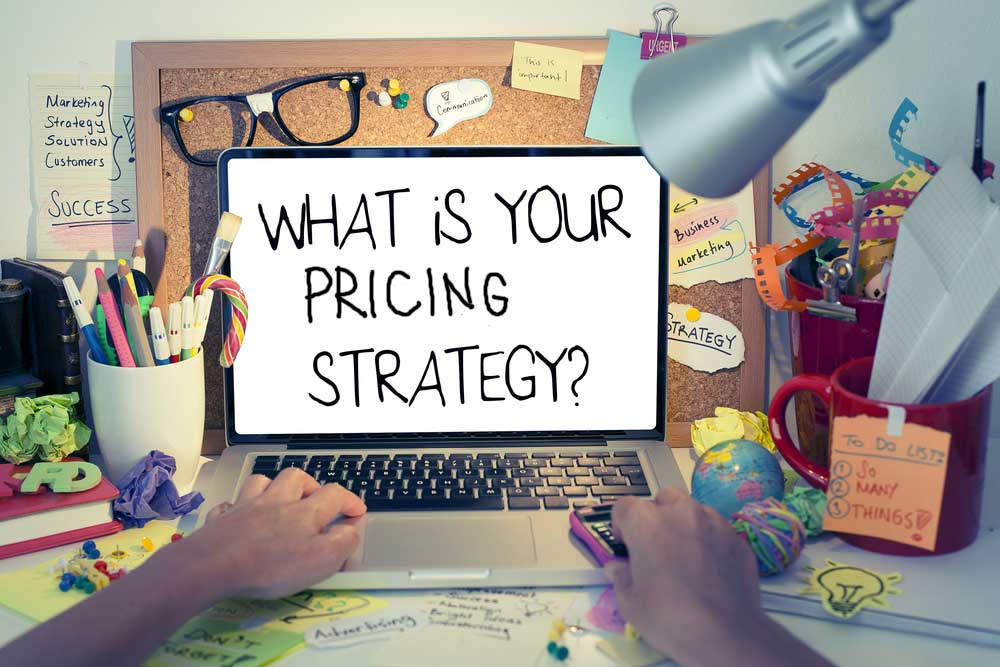Boosting Revenue through Value-Oriented Thinking
In the realm of business, one of the most transformative approaches to success is adopting a value-oriented mindset. A prime example of this ethos is the legendary Steve Jobs, whose innovative thinking revolutionised industries and set the stage for higher sales prices and gross product margins. In this blog post, we’ll delve into the principles of value-oriented thinking, exploring how businesses can strategically increase prices and margins by delivering exceptional value to customers.
The Essence of Value-Oriented Thinking
Value-oriented thinking transcends the conventional mindset focusing solely on cost and profit margins. Instead, it centers on understanding and addressing customers’ needs, desires, and aspirations. At its core, value-oriented thinking is about creating products or services that resonate with customers on a deeper level, offering benefits that go beyond the practical and tap into emotional and aspirational realms.
Steve Jobs and the Apple Paradigm
Steve Jobs, was a trailblazer in applying value-oriented thinking to product design, marketing, and pricing. His philosophy extended beyond delivering functional features; it encompassed crafting experiences that were both user-friendly and emotionally resonant. By infusing Apple products with a unique blend of innovation, aesthetics, and functionality, Jobs positioned them as aspirational, premium offerings.

Strategies for Increasing Prices and Margins
Elevate Perceived Value:
The foundation of increasing prices and margins lies in elevating the perceived value of your products or services. This involves going beyond basic functionality to create a holistic experience that fulfills customers’ desires and aligns with their values.
Invest in Quality and Innovation:
Quality and innovation are pivotal components of value-oriented thinking. By consistently delivering high-quality products or introducing groundbreaking features, businesses can justify higher prices and distinguish themselves in the market.
Build a Compelling Brand Story:
Craft a narrative around your brand that resonates with customers emotionally. A compelling brand story creates a connection that goes beyond transactions, fostering loyalty and justifying premium pricing.
Focus on Customer Experience:
Exceptional customer experiences are synonymous with value. From user interfaces to post-purchase support, every touchpoint should contribute to a positive, seamless experience that adds value and justifies premium pricing.
Create Exclusive Offerings:
Introduce exclusive or limited-edition products or services that cater to a specific niche. This exclusivity can justify higher prices by appealing to customers who value unique and premium offerings.
Emphasize Personalization:
Personalized products or services that cater to individual preferences enhance perceived value. Whether it’s customization options, tailor-made solutions, or personalized recommendations, these elements contribute to a sense of exclusivity and value.
The Apple Success Story: A Case Study
Apple’s success in increasing prices and margins is deeply rooted in its commitment to value-oriented thinking. Here are key elements of Apple’s strategy:
Innovative Design:
Apple products are synonymous with innovative design. From the sleek aesthetics of iPhones to the minimalist design of MacBooks, each product is a testament to the company’s commitment to delivering a unique and aesthetically pleasing experience.
Ecosystem Integration:
Apple’s ecosystem, where devices seamlessly integrate with each other, enhances the overall value for customers. The convenience and efficiency of using multiple Apple products create an interconnected experience that justifies premium pricing.
User Experience:
Apple prioritizes user experience, focusing on intuitive interfaces and user-friendly designs. The emphasis on a smooth and enjoyable user journey contributes to customer satisfaction and loyalty, allowing the company to command higher prices.
Brand Loyalty:
Apple has successfully cultivated brand loyalty by positioning itself as a symbol of innovation, status, and reliability. Customers are willing to pay a premium for Apple products due to the brand’s perceived value and the associated lifestyle.
Benefits of Value-Oriented Pricing Strategies
Enhanced Profit Margins:
Adopting a value-oriented pricing strategy allows businesses to command higher prices, improving profit margins. Customers are willing to pay more when they perceive added value in the product or service.
Increased Customer Loyalty:
Value-oriented thinking fosters customer loyalty by creating emotional connections and delivering consistently exceptional experiences. Loyal customers are likelier to stick with a brand, even in the face of competitive pricing.
Competitive Differentiation:
A value-oriented approach differentiates a brand in a competitive market. While others may compete on price alone, businesses that focus on value can stand out and attract customers willing to pay for a superior experience.
Sustainable Growth:
Sustainable growth is achievable through a value-oriented mindset. By consistently delivering value, businesses can build a strong foundation for long-term success, weathering market fluctuations and economic challenges.


Implementing Value-Oriented Thinking in Your Business
Understand Customer Needs:
Conduct thorough market research to understand the needs, desires, and pain points of your target audience. This insight forms the basis for creating value that resonates with customers.
Invest in Research and Development:
Allocate resources to research and development to continuously innovate and improve your products or services. Stay ahead of market trends and customer expectations to deliver cutting-edge solutions.
Communicate Value Effectively:
Clearly communicate the value proposition of your products or services. Use marketing channels to highlight unique features, benefits, and the overall experience customers can expect.
Monitor Customer Feedback:
Actively seek and analyze customer feedback to understand how your offerings are perceived. Use this feedback to refine and enhance your value proposition based on customer preferences.
Conclusion: Elevate, Differentiate, Succeed
In the pursuit of sustained success, businesses must transcend conventional pricing strategies and embrace value-oriented thinking. Steve Jobs and Apple serve as a testament to the transformative power of infusing products with value, thereby justifying higher prices and margins. By understanding customer needs, investing in innovation, and delivering exceptional experiences, businesses can not only command premium pricing but also forge lasting relationships that contribute to long-term success.
